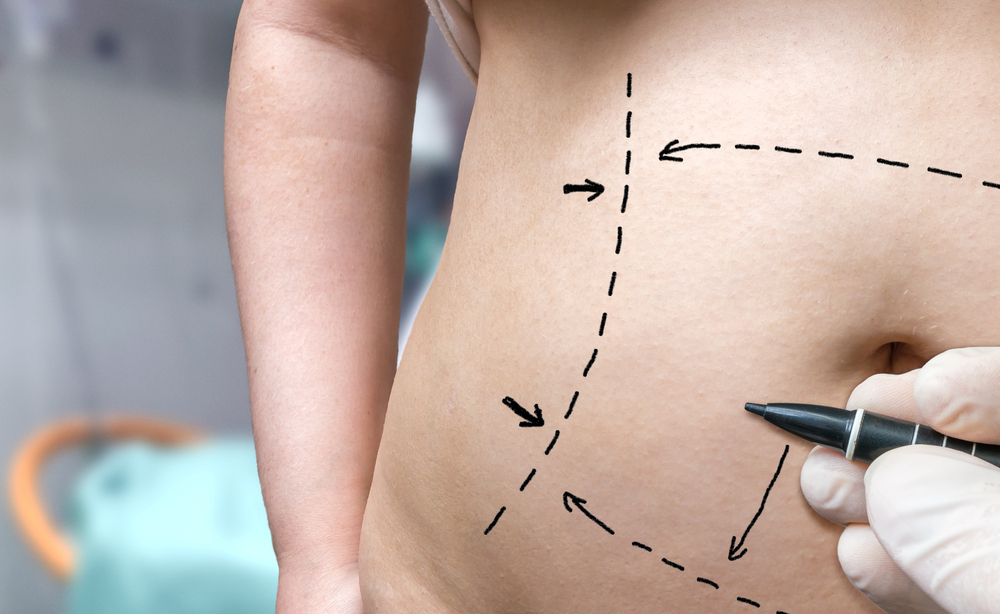Do you find yourself heading to the gym to try and get the rock hard abs you dream of, but find it frustrating to achieve? There are many physical changes that occur to the body, no more commonly than the stomach. When we think of childbirth, weight fluctuations and the general ageing process, it goes through a lot. Unfortunately, as many people find it can be difficult to achieve your youthful figure around your stomach.
One way patients opt to go back to the figure that they once knew is through a tummy tuck surgical procedure, also known as an abdominoplasty. It helps to achieve a sculpted waist and smooth the appearance of your stomach.
As with any surgical procedure, there are considerations to make and the same goes for getting a tummy tuck. Complications and recovery concerns should be outlined and it’s important these are considered to make sure it’s the right procedure for you. Here are some points to consider when getting a tummy tuck:
Significant downtime is required
A tummy tuck procedure is a major procedure, therefore it will require time to heal. This is due to the incision running right across the hip below the stomach so you should expect recovery to take up to at least 2-3 weeks after the surgery.
Shortly after the surgery, you will feel fatigued and sore as the incisions will be raw. Gradually, as time passes your body will naturally begin to recover and you can ensure a speedier recovery by adhering to the recovery guidelines that are provided to you. You may also need some help at home whilst you recover and avoid strenuous activities for at least 4 weeks.
It requires a stable weight before going ahead
During your consultation when getting a tummy tuck procedure, your surgeon will examine your current physical condition to determine whether you’re a suitable candidate for the procedure. As part of the procedure, they’ll also examine your weight as they’ll need to be sure you’re at a stable enough weight for the surgery to run smoothly.
This is important as any fluctuations in weight prior to your surgery can impact the contoured results of your surgery.
Permanent scars will occur from the procedure
It’s important to be aware that with a tummy tuck surgery being such a major surgery, it will leave scarring. This is because the incision is made from hip to hip above the pubic bone. Of course, over time the scar will fade but it will remain visible for many years. Despite this, experienced surgeons will place the incision in an area that is most concealed for underneath clothing.
Full healing can take up to a year
You should expect the full results of your tummy tuck soon after your surgery. In fact, the first several weeks you will experience bruising, swelling and redness in the early stages of recovery. It won’t be until around 4-6 weeks that you’ll start to see results before around 6 months where the swelling will significantly reduce. Although around 6 months you will start to feel back to your old self it won’t be until around a year when you’re likely to see a full recovery.
Getting a tummy tuck at Gary Ross
We offer vast experience and knowledge of tummy tuck procedures. Our team at Gary Ross will be able to guide you throughout the process and ensure we try to meet your needs as much as possible. Please refer to our abdominoplasty case studies to gain a better understanding of the type of results you’re likely to achieve and find more details about the procedure on our tummy tuck procedure page. Contact us today to book a consultation.

